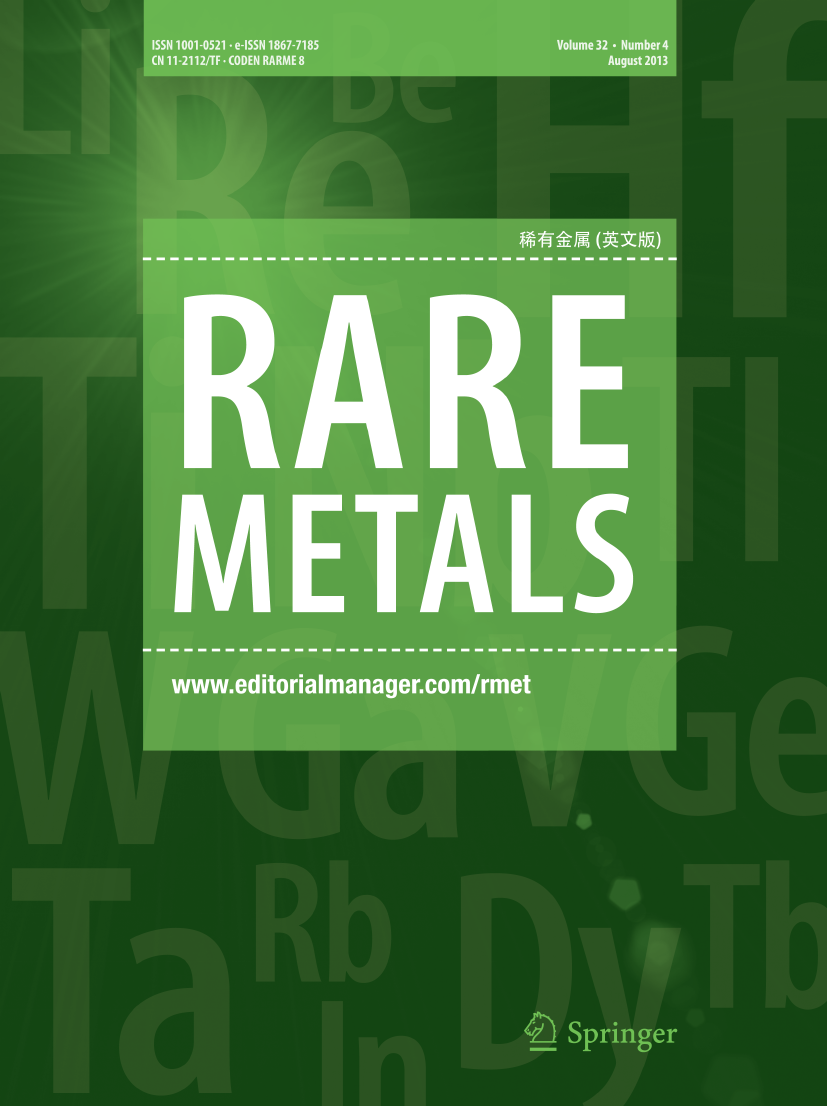Synergy of F− doping and fluorocarbon coating on elevating high-voltage cycling stability of NCM811 for lithium-ion batteries
Abstract
Although lithium-ion batteries are widely recognized as a new generation of energy storage devices, their large-scale application is severely hampered by their low energy density and restricted cyclic stability. Herein, an ingenious dual-modified interface, where the F-doping and fluorocarbon coating co-existed on Li[Ni0.8Co0.1Mn0.1]O2 surface, is rationally constructed to elevate its energy density and structural stability attributed to F− grafting between the bulk material and the coating utilizing a robust super-conformal fluorocarbon coating structural framework and more stable F-doped system under high charge/discharge cut-off voltage. In comparison with a single carbon-coated modified Li[Ni0.8Co0.1Mn0.1]O2, the dual-modified sample overcomes the fatal disadvantage of carbon coating stripping during long-period cycles ascribed to the “TM-F-multifunctional coating” connector which firmly combines the bulk material with the coating with a strong interaction force, exhibiting a more stable-reversible structure and excellent comprehensive electrochemical performance under high cut-off voltage. Concomitantly, the F-transition metal bonds with stronger bond energies improve its structural reversibility during the processes of charge/discharge under high voltage. Furthermore, the fluorocarbon coating enhances its charge transfer ability and effectively restrains the interfacial side reactions. Additionally, the climbing nudged elastic band methodology is used to calculate the diffusion energy barrier of lithium-ions in the matrix material, which confirms the fundamental reason for its superior lithium-ion diffusion ability. The high pseudocapacitance contribution ratio is perfectly explained by calculating the adsorption capacity on the surface of the dual-modified sample. Consequently, experiments and theoretical calculations unequivocally confirm its distinguished electrochemical properties under high cut-off voltage.
Graphical Abstract

 求助内容:
求助内容: 应助结果提醒方式:
应助结果提醒方式:


